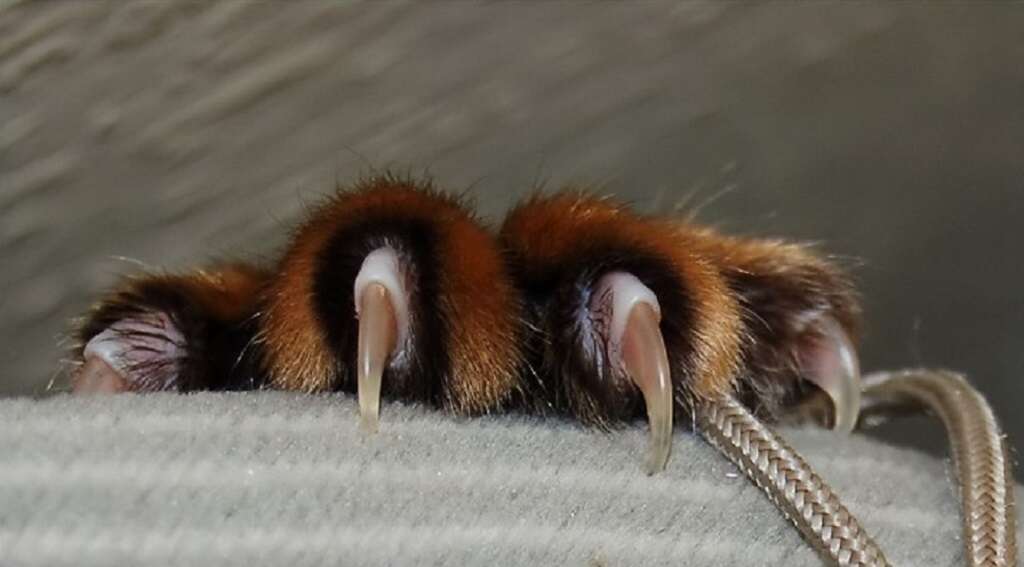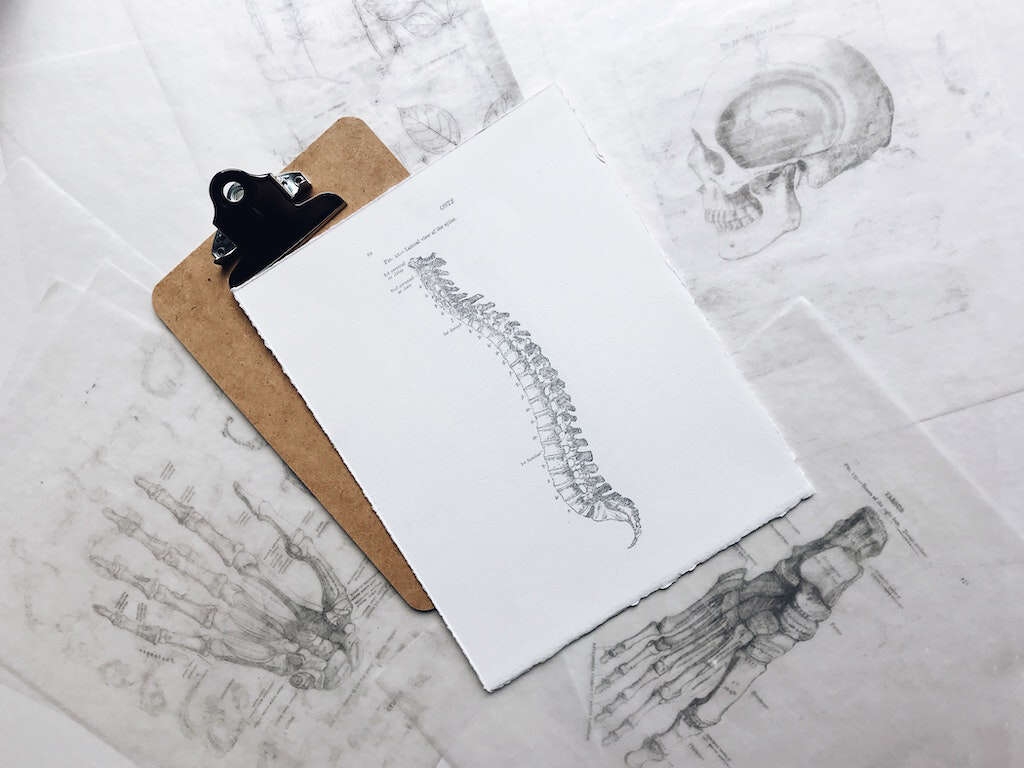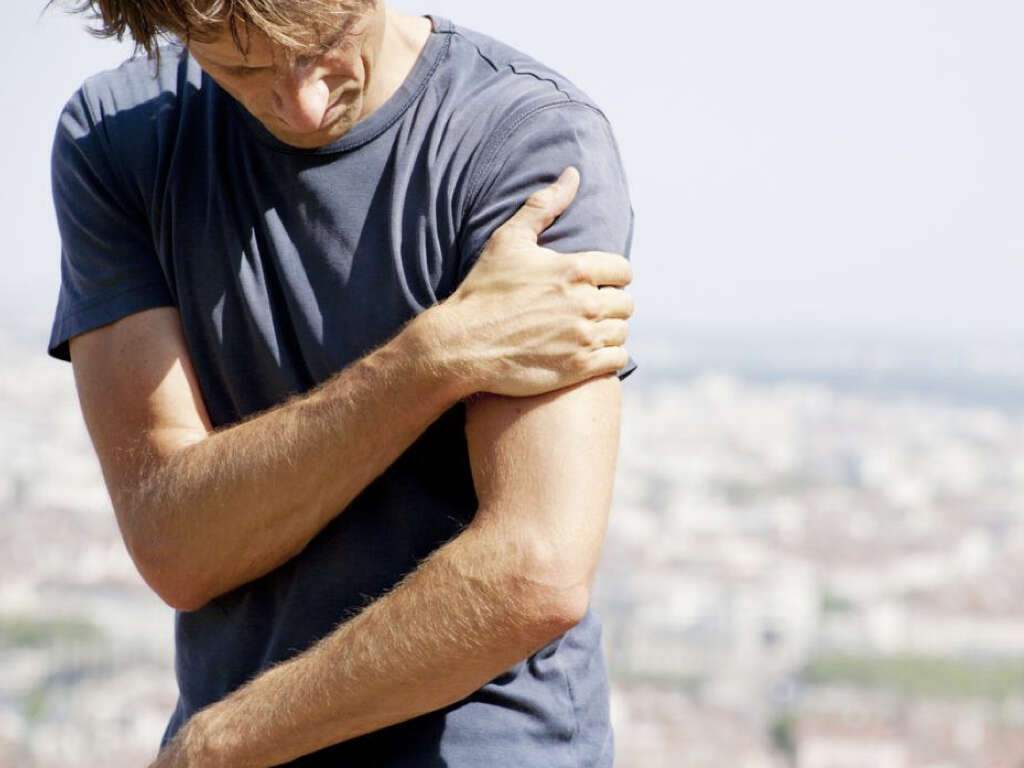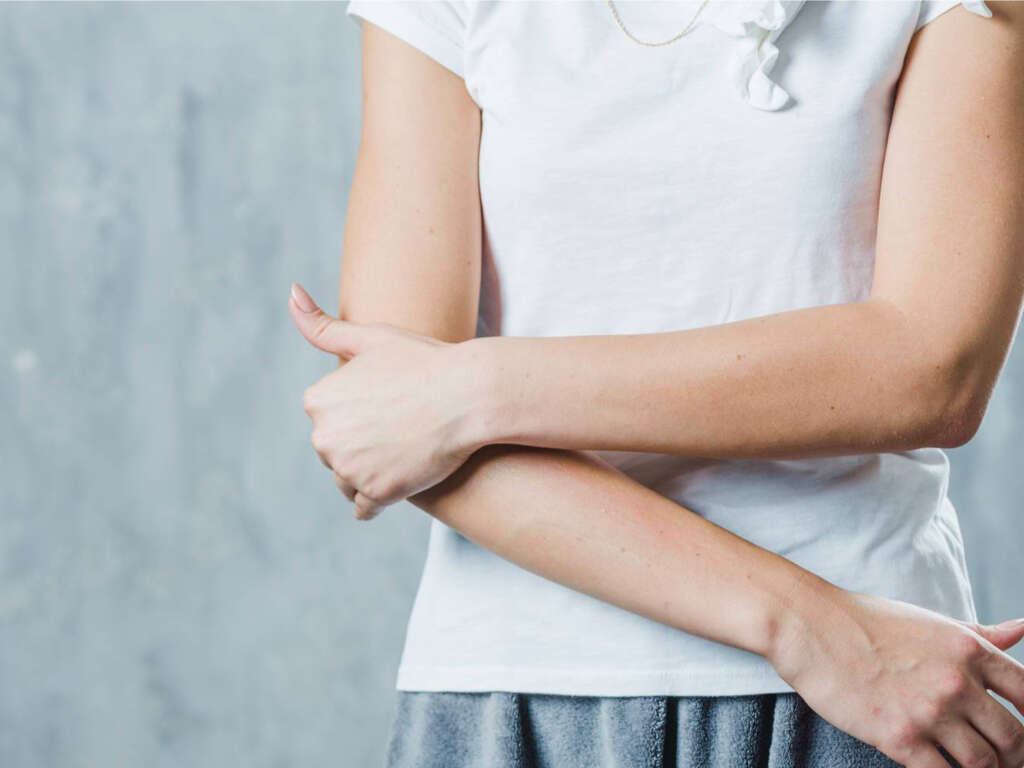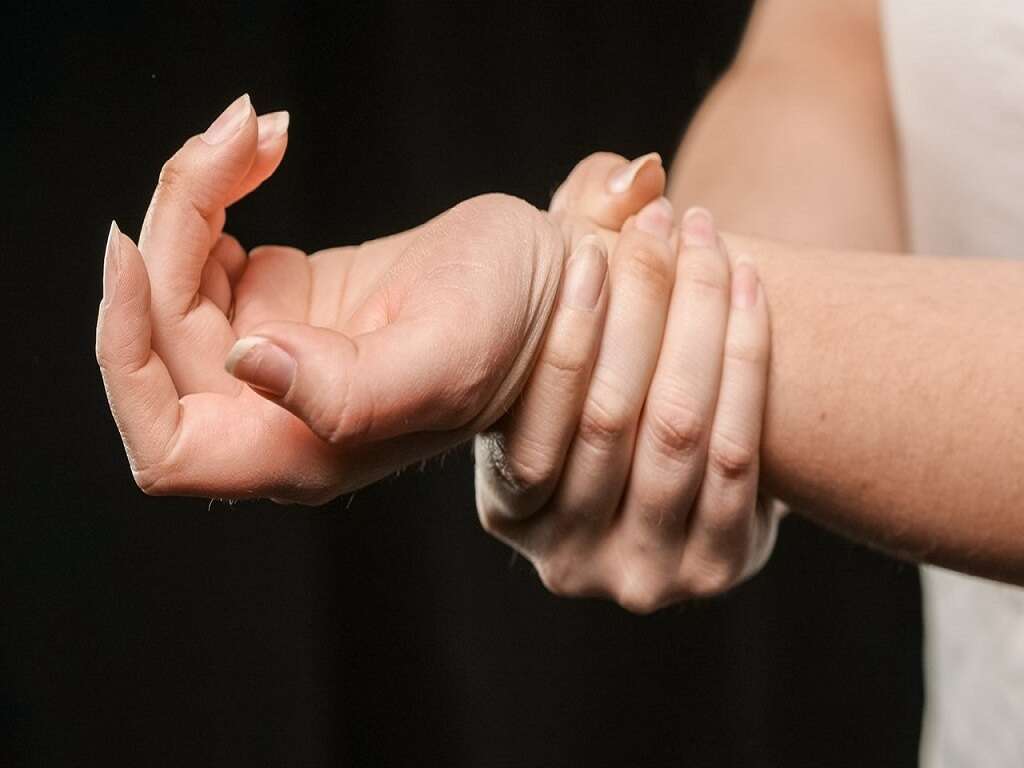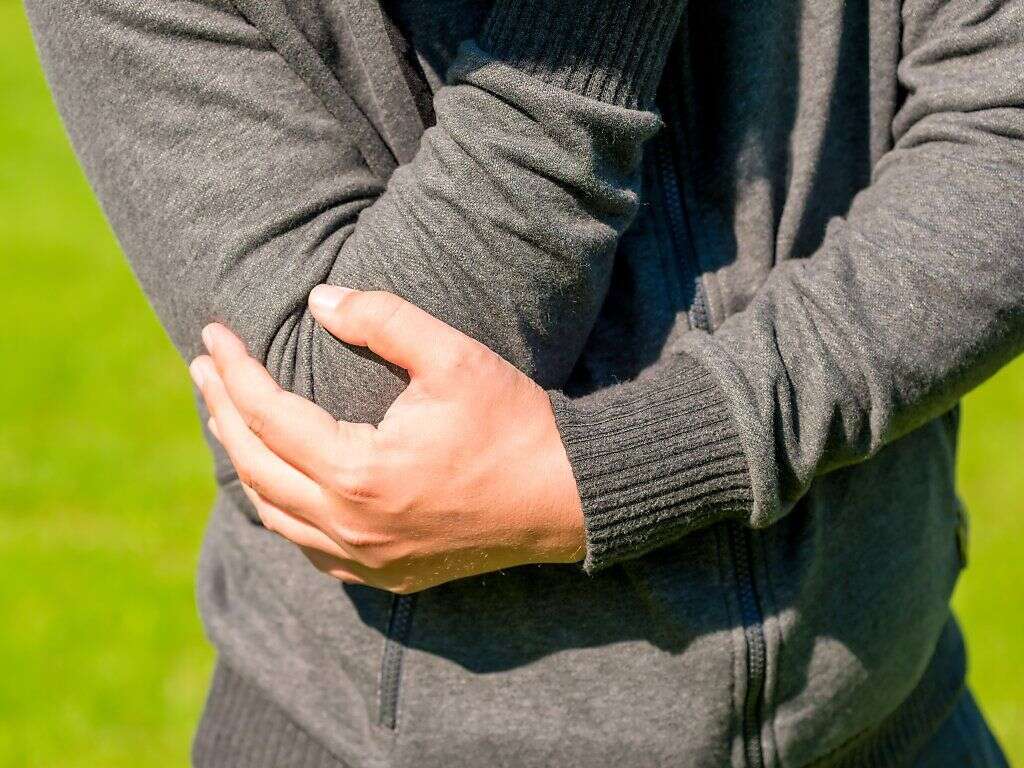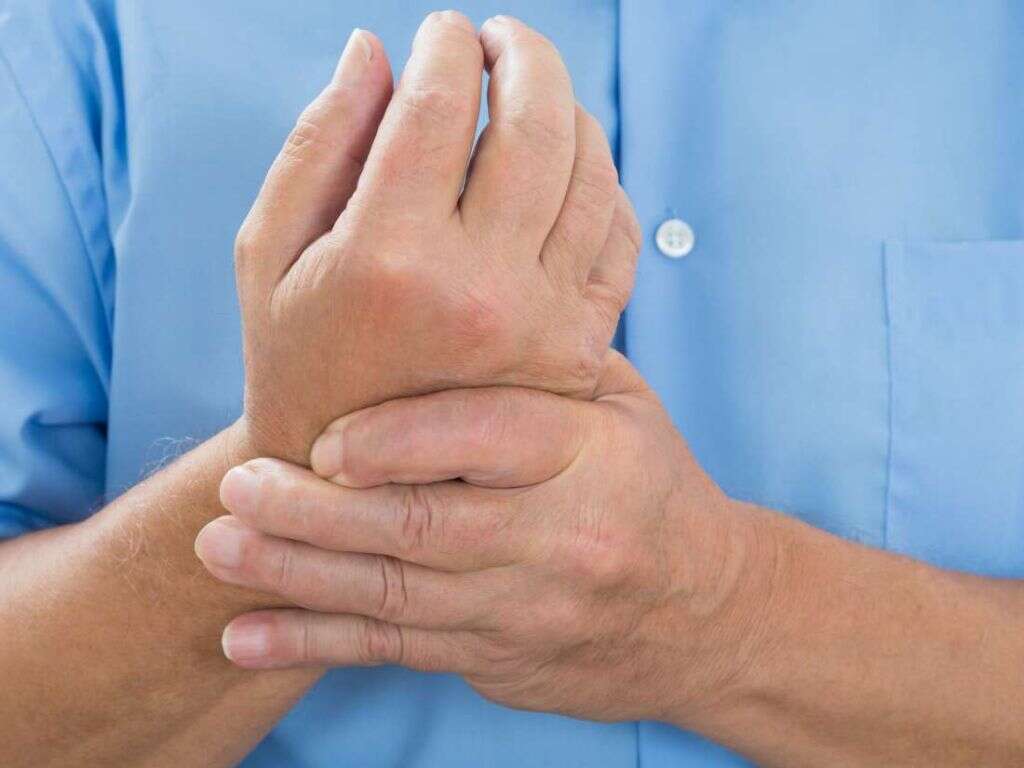10 Ulnar Nerve Entrapment Symptoms
 Article Sources
Article Sources
- 1. Becker, Rachel E. 'Anatomy, Shoulder and Upper Limb, Ulnar Nerve.' StatPearls /[Internet/]., U.S. National Library of Medicine, 31 July 2020, www.ncbi.nlm.nih.gov/books/NBK499892/
- 2. 'Numbness.' Mayo Clinic, Mayo Foundation for Medical Education and Research, 20 Apr. 2019, www.mayoclinic.org/symptoms/numbness/basics/definition/sym-20050938
- 3. Cui, Mengzhao, et al. 'Grip Strength and the Risk of Cognitive Decline and Dementia: A Systematic Review and Meta-Analysis of Longitudinal Cohort Studies.' Frontiers, 4 Jan. 2021, www.frontiersin.org/articles/10.3389/fnagi.2021.625551/full
- 4. 'Why Is It Called Tennis Elbow?' New England Baptist Hospital, 30 Oct. 2018, www.nebh.org/blog/why-is-it-called-tennis-elbow/
- 5. Lane, Robert. 'Claw Hand.' StatPearls /[Internet/]., U.S. National Library of Medicine, 25 Mar. 2021, www.ncbi.nlm.nih.gov/books/NBK507781/
The ulnar nerve travels from the shoulder to the pinky finger, and although it passes through the forearm, it's mainly responsible for the movement of an individual's hand.1Becker, Rachel E. ‘Anatomy, Shoulder and Upper Limb, Ulnar Nerve.’ StatPearls /[Internet/]., U.S. National Library of Medicine, 31 July 2020, www.ncbi.nlm.nih.gov/books/NBK499892/ It's also the nerve responsible for the painful, tingling sensation a person experiences when they strike their elbow, commonly known as the funny bone.
Damage to the ulnar nerve may cause problems with the wrist and the hand. It may restrict a person's movement, affect their grip and cause some degree of pain and numbness. These are all ulnar nerve entrapment symptoms.

Hypoesthesia
An individual may experience hypoesthesia when the ulnar nerve in their arm becomes compressed or irritated, causing ulnar nerve entrapment. Hypoesthesia is the medical term for a partial loss of sensation in a particular part of the body.2‘Numbness.’ Mayo Clinic, Mayo Foundation for Medical Education and Research, 20 Apr. 2019, www.mayoclinic.org/symptoms/numbness/basics/definition/sym-20050938 Ulnar nerve entrapment may cause hypoesthesia in the hand.
Loss of sensation isn't uncommon and occurs in the fourth and fifth fingers. A person with hypoesthesia may lose their sense of touch and ability to feel pain and temperature differences. In addition to the numbness, hypoesthesia may be accompanied by pins and needles.

Paraesthesia
It's safe to say almost everyone has experienced paraesthesia. This is the tingling, itching, burning or numbness sensation that sometimes occurs when a person inadvertently puts pressure on a nerve, causing the arm or leg to fall asleep, so to speak.
Ulnar nerve entrapment may result in paraesthesia. For example, an individual may experience the tingling sensation in the forearm, the fourth and fifth fingers of the hand or both. Chronic paraesthesia is related to nerve damage.

Weakened Grip
Because ulnar nerve entrapment mainly affects the hand and fingers, it's no surprise it may have an adverse effect on a person's grip. Grip strength naturally declines with age, but having a weakened grip may indicate the presence of other conditions.3Cui, Mengzhao, et al. ‘Grip Strength and the Risk of Cognitive Decline and Dementia: A Systematic Review and Meta-Analysis of Longitudinal Cohort Studies.’ Frontiers, 4 Jan. 2021, www.frontiersin.org/articles/10.3389/fnagi.2021.625551/full
Nerve damage or pinched nerves are common causes of a weakened grip. In addition, inflammation in the joints resulting from conditions such as arthritis may also cause the loss of some or a great deal of grip strength.
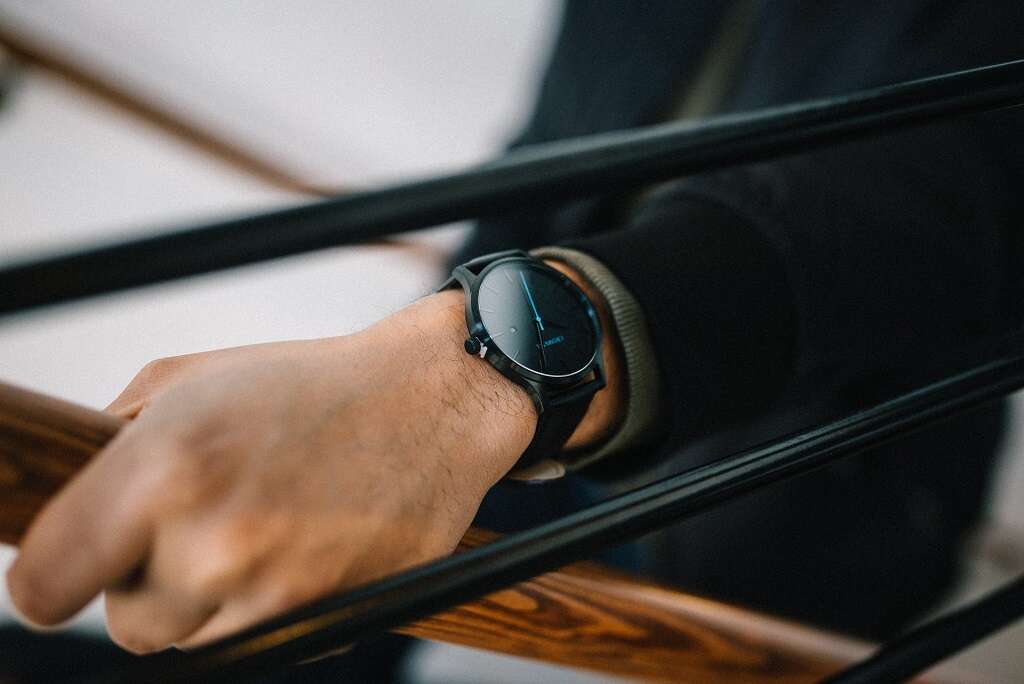
Limited Finger Motion
Because the ulnar nerve isn't protected by muscle or bone and is very close to the surface of the skin in some areas, injury to the nerve isn't uncommon.
In addition to causing a loss of sensation and pain, a damaged ulnar nerve may also affect a person's ability to move their fingers properly. As a result, everyday tasks, such as using a keyboard or a smartphone or gripping a glass, may become a struggle.

Tenderness in Elbow Joint
Elbow pain is commonly caused by overuse. Repetitive hand and wrist movements during activities and sports may cause the elbow joint to become tender. Elbow pain is also a symptom of ulnar nerve entrapment.
A common elbow complaint is tennis elbow. Medically known as lateral epicondylitis, it affects the tendons on the outside of a person's elbow. Called tennis elbow, as playing the sport may cause the injury, the condition may develop in painters and others working in professions that use a similar motion.4‘Why Is It Called Tennis Elbow?’ New England Baptist Hospital, 30 Oct. 2018, www.nebh.org/blog/why-is-it-called-tennis-elbow/

Sensitivity to Cold
Ulnar nerve entrapment may cause a person to experience abnormal responses to cold temperatures. For example, adding extra layers of clothing is unlikely to improve the cold sensation in the hand and fingers of a person with ulnar nerve entrapment.
Intolerance to cold may also be due to poor overall health or a symptom of other health conditions, such as anemia. In addition, injuries resulting from frostbite may result in intolerance to cold and may continue to do so even after healing.
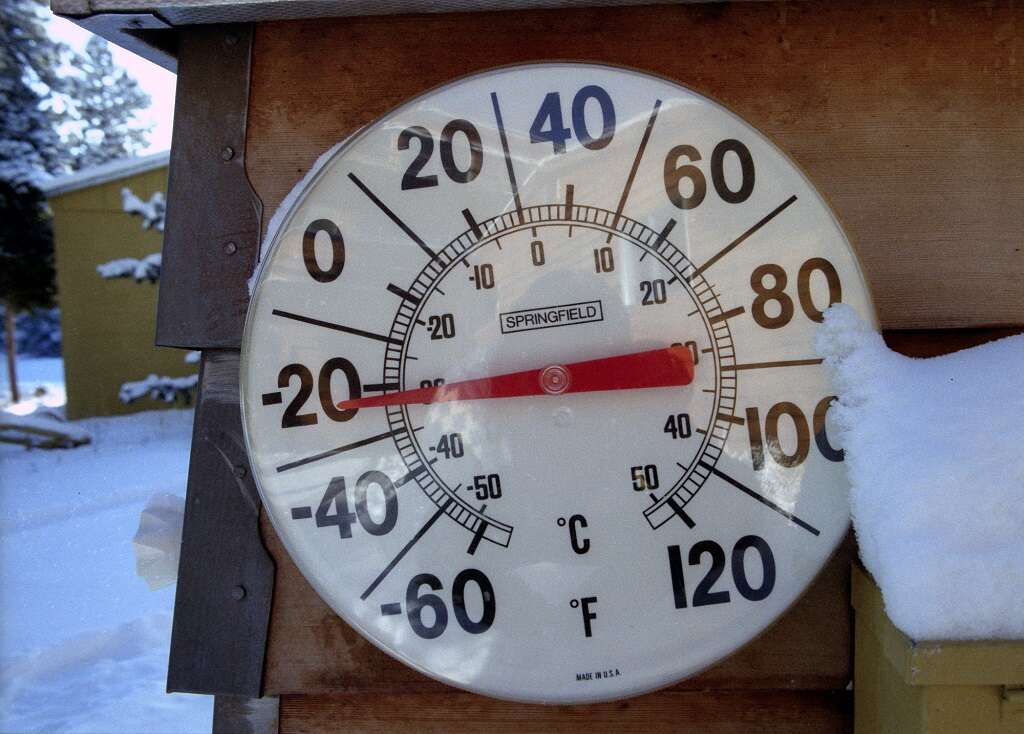
Elbow Clicking
Some people may notice a clicking in the elbow with ulnar nerve entrapment. This is because as the elbow bends and straightens, the ulnar nerve may click back and forth over the medial epicondyle, the bony bump on the elbow.
A continuation of the clicking may seriously irritate the nerve and result in a loss of sensation and weakness in the hand. Other causes of a clicking elbow range from ligamentous sprains to muscular strains, hormonal imbalance and antibiotic use.

Pain
Ulnar nerve entrapment may cause pain in the hands or inside the elbow. The pain in the hands is likely to be felt in the ring and pinky fingers. Drugs, such as aspirin and ibuprofen and other over-the-counter pain relievers, may help reduce pain and inflammation.
Pain stems from nerve damage and may manifest in several forms, such as a stabbing sensation or dull ache and may range from annoying to debilitating.

Muscle Wasting
If ignored, ulnar nerve entrapment may lead to muscle wasting. Medically known as muscle atrophy, muscle wasting usually occurs due to lack of activity. Injuries, such as broken limbs, may limit a person's ability to move and exercise. This lack of mobility may lead to the muscles wasting away.
Prolonged periods of immobility may cause a person's muscles to appear smaller than those they're able to move. A properly balanced diet and physical exercise therapy may help reverse muscle wasting.

Finger Deformity
Severe cases of ulnar nerve entrapment may lead to finger deformity in the fourth and fifth digits. The hand may become curved or bent, resembling a claw.5Lane, Robert. ‘Claw Hand.’ StatPearls /[Internet/]., U.S. National Library of Medicine, 25 Mar. 2021, www.ncbi.nlm.nih.gov/books/NBK507781/ A clawed hand, as it is commonly known, may affect the fingers on one or both hands.
Claw hand may be a congenital disability. It may also develop due to certain medical conditions or injuries, such as ulnar nerve entrapment or scarring on the skin of the arm or hand as a result of a burn.
